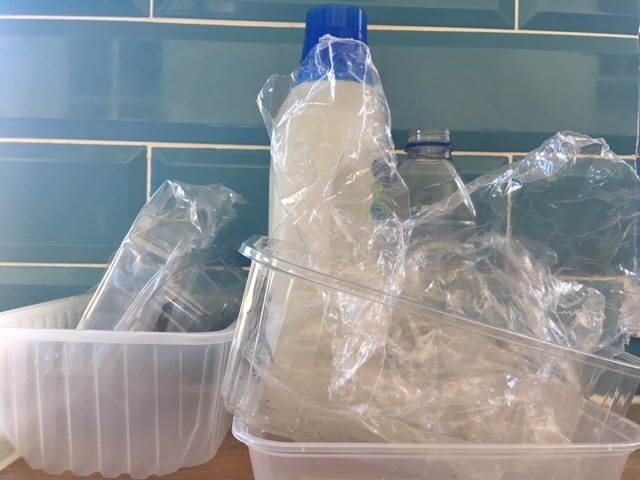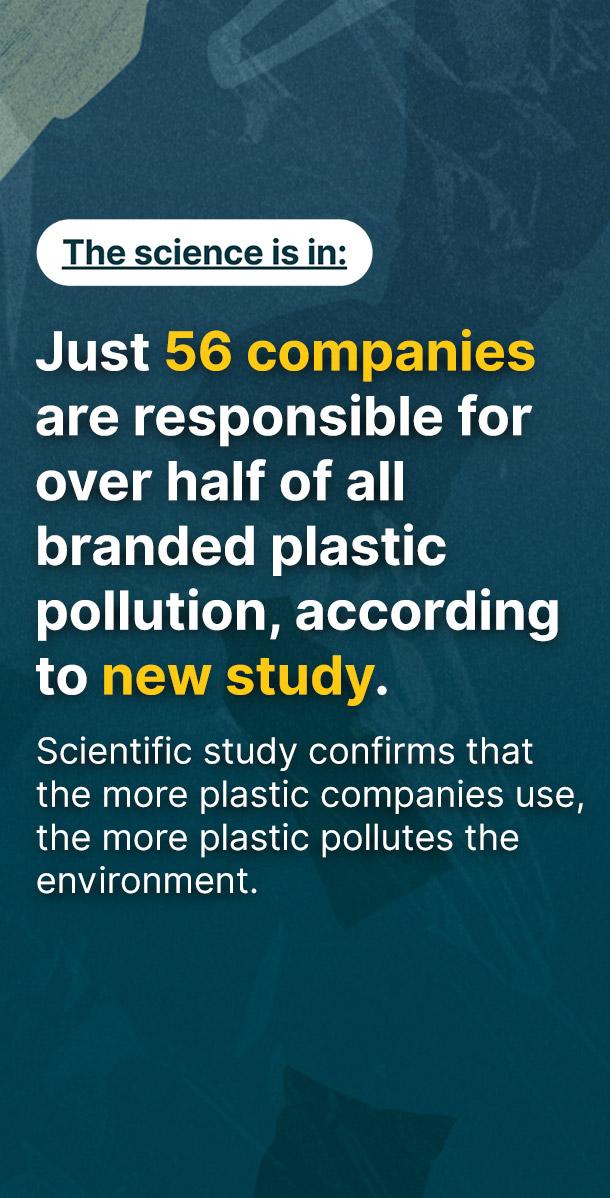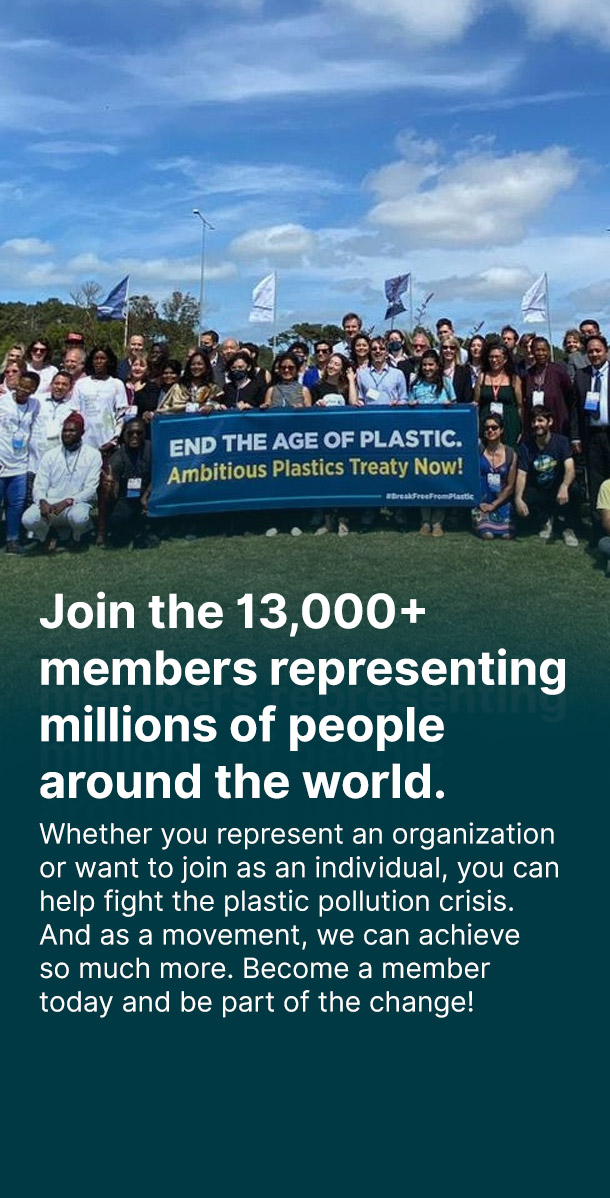This blog was originally published by #breakfreefromplastic member ChemTrust on their website and was written by Anna Watson
As we all know, use of plastic packaging is increasing globally, causing environmental and human health concerns. In 2015 annual plastic production was 380Mt, of which about 40 per cent was used in packaging, with the majority being used in food packaging.
Plastic packaging is a source of chemical exposure to consumers and workers, as chemicals used in the packaging can migrate into foods and the environment during manufacturing, use, disposal and recycling. It is therefore vital for us to know what chemicals are present in plastic packaging and what the associated risks are.
Our colleagues at the Food Packaging Forum, ChemSec, the University of Gothenburg and The Vrije University in Amsterdam started by trawling through data to establish a list of the chemicals used in plastic packaging, and identified over 4000 chemicals that are potentially present in plastic packaging.
Of the 908 chemicals that were identified as likely to be present in plastic packaging, 68 chemicals were identified as being most hazardous for the environment and 64 were identified as being most hazardous for human health. However, for many other chemicals there was no harmonised toxicity classification available, so this will not be a complete list of the most hazardous chemicals.
Dr Jane Muncke, the Managing Director of the Food Packaging Forum said
“We were surprised at how difficult it has been to get hold of the data on which chemicals are used in plastic packaging. There is no single registry and often we faced barriers imposed by commercial confidentially. There is therefore a massive gap in our knowledge relating to the presence of chemicals in plastic packaging, which is hampering our ability to protect human health and the environment from chemicals of concern.”
Dr Michael Warhurst, Executive Director of CHEM Trust said:
“This project is demonstrating the lack of openness about the chemicals used in everyday products, and the lack of adequate safety information for many chemicals. It’s shocking that regulators and companies have not yet addressed these issues. Even the EU, with its sophisticated REACH chemicals regulatory system, is not yet properly addressing the twin problems of secrecy and lack of good safety data”
The first results of the research project were presented at the SETAC Europe conference on May 15, 2018.
During the next 12 months the project will continue to investigate which chemicals in plastic packaging are most concerning for human health and the environment and look at potential alternatives.
- Food Packaging Forum also have a page describing this project.




